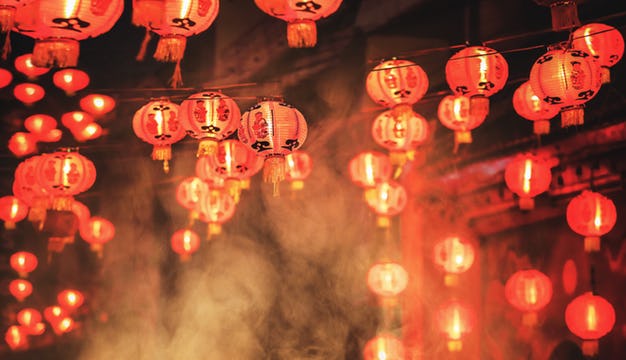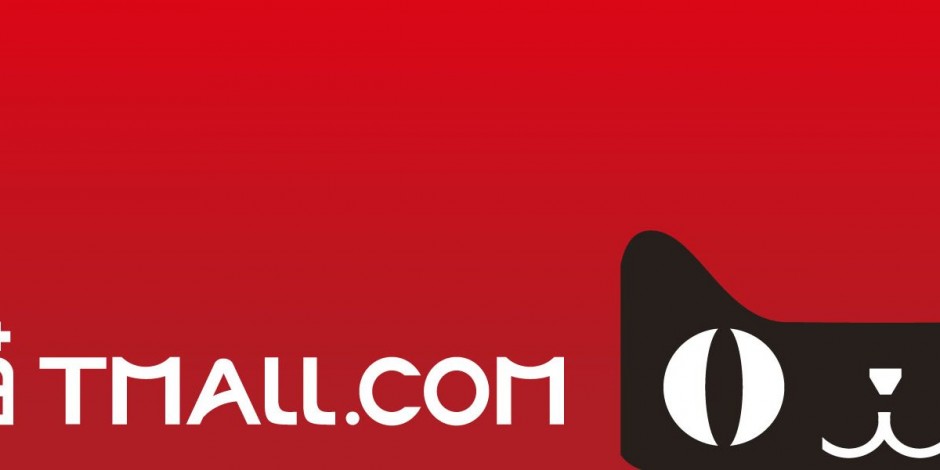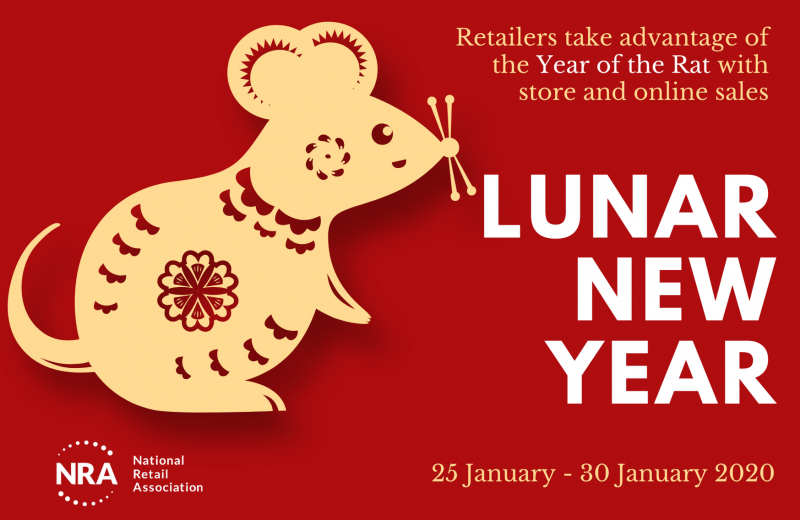With 1.43 million Chinese tourists reported to have visited Australia in 2019, Australian retailers are embracing retail sales events originating in China, from Singles Day to this weekend’s Lunar New Year.
In 2019, Alipay promoted 24 Australian and New Zealand brands to the Chinese market via social media, directing traffic from their platforms and social channels to the brand’s own. This campaign was wildly successful, with videos from Australian and New Zealand retailers receiving over 30 million impressions in 24 hours.
This Saturday, 25 January, will mark the end of the Year of the Pig, and the beginning of the Year of the Rat. The National Retail Association explores what the Lunar New Year entails, and how Australian retailers are capturing a Chinese market.

What is the Lunar New Year?
Also known as the Spring Festival, the Lunar new Year marks the beginning of a calendar year that follows the cycles of the moon and is the most important of traditional Chinese holidays. Traditional Chinese beliefs are that the year’s start affects the whole year, so the Chinese Spring Festival is a season of superstitions. It’s believed that what something looks like (color, shape), and what its name sounds like, gives it auspicious or ill-fated properties.
The luckiest things to do for Lunar New Year
- Giving money/gifts in lucky numbers and lucky red packaging with lucky greetings.
- Eating lucky food like fish or dumplings (which symbolise wealth) on New Year’s Eve, especially carp or catfish, with some left over for New Year’s Day.
- Lighting lots of red firecrackers and fireworks to scare away evil and bring good luck.
- Representing a fresh start, the Chinese believe a shopping spree to kick off the New Year and renew their household goods is a way to bring luck.

e-commerce platforms
China has a population of 1.4 billion people – and 820 million of these people are mobile internet users. One of the first forays into the Chinese market on Tmall was in the form of Australian wine, as part of the Global Wine and Spirits Festival. More recently, a new player in Pinduoduo, founded in 2015, has become the third-largest Chinese e-commerce platform with approximately 500 million active users and a market capitalisation of US$25 b. This platform encourages social shopping, with discounts applied if you enlist friends to purchase more items in bulk.
More than 2000 Australian retailers are currently selling on Tmall, with cosmetics, fashion, food and grocery items and supplements making a splash in China. Notable Australian brands finding success with their e-commerce platforms in China include Chemist Warehouse, Woolworths, Adore Beauty and Review (PAS Group). Chemist Warehouse has seen such demand for its beauty and mum-and-bub products that in October 2019 they announced a bricks-and-mortar store will be opened in China.
But do not try to adapt your current marketing plans across to the Chinese market, says PAS Group head of digital Anna Samkova. The marketing calendar is entirely different, and investment in marketing budget and agility is required to stay relevant.
“Their [China’s] marketing spend as an attribution to sales is insane. We found it has to be at least 20%. This doesn’t exist in this country.
We don’t spend that much on marketing – our promotions here are very, very different.”
But despite no brick and mortar store in China, Review is generating regular sales on Tmall.

Experiential shopping
National Retail Association CEO Dominique Lamb has recently stated that successful modern retailers are utilising in-store and digital experiences to maximise revenue.
“We anticipate that we will see businesses who offer a unique in-store experience, coupled with a savvy online sales avenue, to be the ones who really break new ground.”
Shopping centres are also on board with activating their centres, embracing Australia’s multicultural population. Major shopping hubs are taking advantage of the days long festival with dragon dances, traditional drummers, decorative statues and light activations, dumpling making classes, kids craft areas and even fireworks. These flamboyant celebrations are a major drawcard for the shoppers to visit the centres and stick around to spend. On a store level, retailers can decorate their shopfronts with red paper lanterns, door couplets, blooming flowers and prosperity trees.

Gifts and stock items
Newsagencies and stationers have the added benefit of having easy access to Lunar New Year gifts items – a stocked stationery section full of red envelopes will be a hot ticket item for this holiday. Have these items readily available on display, and any other unique gift ideas you may have.
As mentioned above, it is considered lucky to renew your household to symbolise a fresh start for the New Year. Retailers specialising in homewares, including The Good Guys and Harvey Norman, are capitalising on this tradition. Harvey Norman has announced an eight day spending bonanza in-store and online, with discounts and interest free payments on selected household items.
H&M has also made a splash with a new Chinese New Year collection celebrating the Year of the Rat, featuring clothing lines in auspicious shades of red with colourful prints for the whole family.
The National Retail Association expects to see a boost for appliances, electronics, fashion and beauty products over this shopping period.

